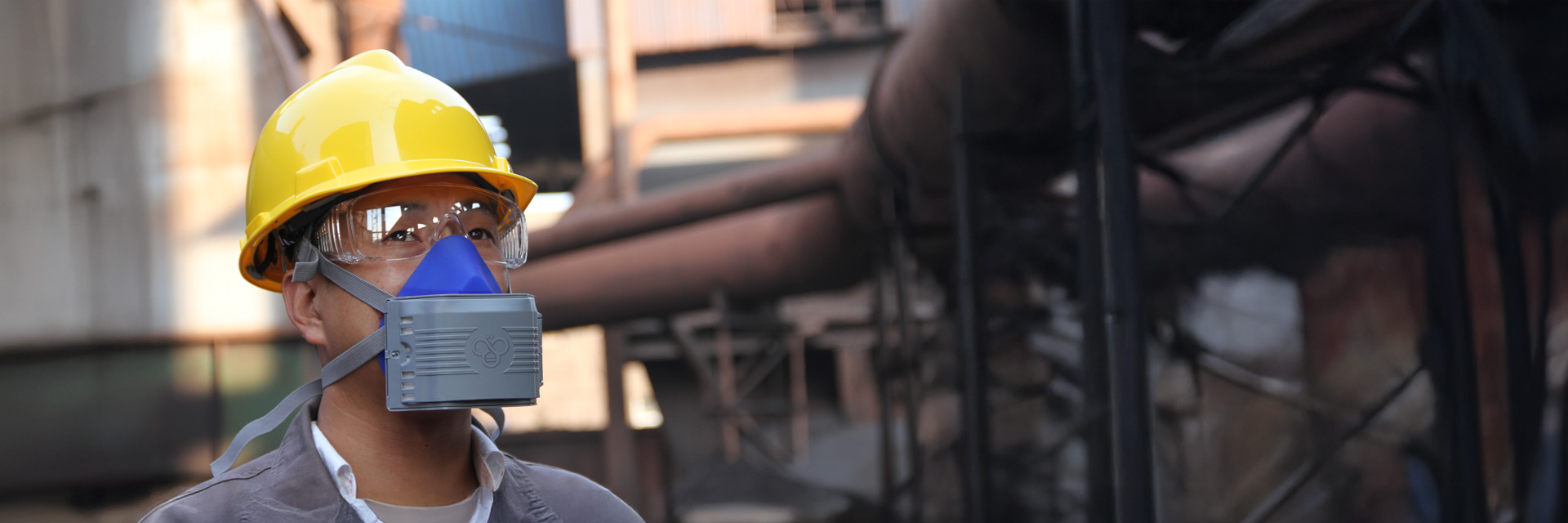
In the vast ocean, offshore drilling platforms are like steel fortresses, shouldering the heavy responsibility of exploiting seabed resources. In this challenging and risky environment, gas and dust masks play an extremely critical role.
During offshore drilling, a large amount of dust will be generated. This dust may come from the friction between the drill bit and the rock, the transmission of materials and other links. Long-term inhalation of these dusts will cause serious damage to the workers' lungs and cause diseases such as pneumoconiosis. Gas and dust masks can effectively intercept these dusts through their efficient filtration system, ensuring that workers can breathe relatively clean air during work and protect their respiratory health.
At the same time, offshore drilling is also faced with the threat of various toxic gases. It may be harmful gases released from the seabed strata, or it may be produced by the volatilization of chemical agents used in the drilling process. Once these toxic gases are inhaled by the human body, they will cause great harm to the body and even endanger life. Gas and dust masks can adsorb and filter these toxic gases, provide reliable protection for workers, and avoid the risk of poisoning.
In actual offshore drilling work, the role of gas and dust masks is even more prominent. Whether it is daily operations on the platform or responding to emergencies such as sudden gas leaks, it is an important guarantee for the safety of workers' lives. When encountering toxic gas leaks, workers can quickly wear gas and dust masks to reduce the damage of toxic gases and buy more time to take countermeasures.
For example, when carrying out some special drilling processes, gas and dust masks can effectively block harmful gases that may be produced. It is like a solid line of defense, guarding the health and safety of workers in harsh environments.
In short, gas and dust masks are indispensable equipment in offshore drilling work. It can effectively prevent gas and dust, protect the life and health of workers, and provide a solid backing for the smooth progress of offshore drilling operations. Its existence not only reflects the care and protection of workers, but also lays an important foundation for the sustainable development of the offshore drilling industry.